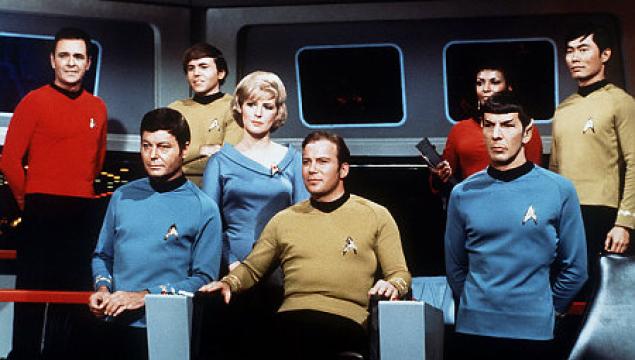
It’s no secret that Hollywood director J.J. Abrams will likely see his Star Trek enterprise being run by another filmmaker as deliberations about a second sequel are in the works. Abrams, who will still be on board the ship as the producer for the third film, will likely face timing conflicts while directing Episode VII of the illustrious Star Wars franchise, set to hit theaters in 2015.
But like many successful franchises before it, the new Star Trek series asks the age-old question of whether or not a new director will benefit or hinder the encompassing vision materialized by the original film’s creator. A number of popular series have followed through on either keeping the same director or mixing things up. The results themselves have proven that both formulas work.

Based on the original Star Trek, James Bond, Harry Potter, and The Fast and the Furious film series, the indication seems to be that newer directors have added a certain panache, nuance and eclectic style that gave each film a sense of personality while remaining faithful to the overall franchise inspiration. With the exception of Nicholas Meyers directing both the second and fifth films, the first eight Star Trek motion pictures were all directed by different people. The James Bond and The Fast and the Furious series have somewhat done the same, having the same directors do two or three films and having others impose their artistry on others. With exceptions, the general observation has been that these series have either leveled off or gotten better with each entry.
Similarly, iconic series like The Lord of the Rings, Indiana Jones, and Star Wars have kept the same director to marginally good effect. Depending on your point of view, the consensus about these films pointed to how the sequels either sagged the respective film franchise or kept if afloat.
So, looking at it from a distance, the impact of a series keeping a director or trading the original in for another one has been uniform in nature. But more closely, it would appear as if the franchises that introduce new directors to their bodies of work have performed better.

In all, however, both preferences have proven that the longevity of a film is not dependent on one or the other. Rather, it is dependent on the commitment and creativity the entire construct of actors, producers, and film crew can bring to a director’s artistic features.
In essence, it’s the people working around the director that make a motion picture pop on screen, with or without 3D enhancements. So, whether or not Abrams will act as the second sequel’s filmmaker is mostly arbitrary as it will have attributes that will make it worth seeing at least once. The release of Star Trek 3 is anticipated to make its way into theaters in 2016, the year the entire Star Trek canon celebrates its 50th anniversary.
